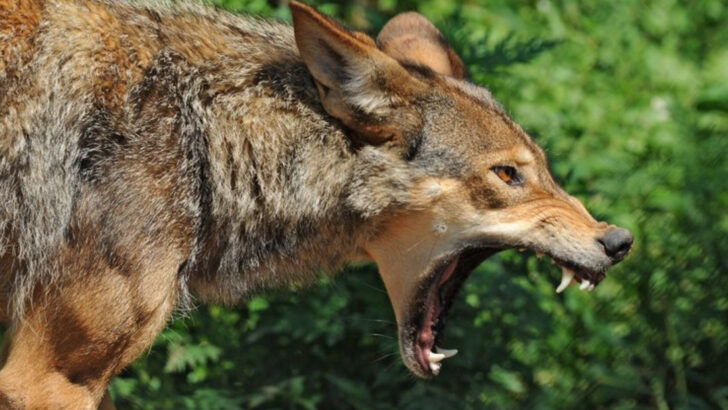The red wolf, a unique and critically endangered species, weaves an intriguing tale of survival, adaptability, and conservation.
Once roaming freely across the southeastern United States, this remarkable creature finds itself on the brink of extinction today. Its striking appearance and mysterious howl have captured the imagination of many, but few truly understand the challenges it faces.
Join us as we uncover 16 surprising facts about the red wolf, shedding light on its history, lifestyle, and the ongoing efforts to preserve this vital part of America’s natural heritage.
From its distinct characteristics to the conservationists working tirelessly to protect it, discover what makes the red wolf one of nature’s most fascinating yet vulnerable animals.
The Red Wolf’s Unique Appearance
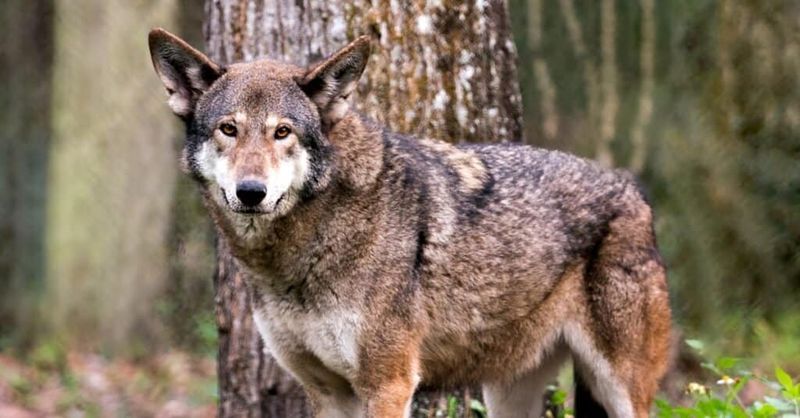
The red wolf’s distinct appearance sets it apart from its canine relatives. With its reddish-brown coat, the creature almost seems to blend with the autumn leaves. Its eyes, a deep amber, reflect a world that few get to see.
The ears are always alert, catching the slightest rustle in the underbrush. Its sleek body, built for both speed and stealth, aids in its survival in the wild.
Standing at an average of 26 inches at the shoulder, it exudes a quiet confidence. Truly, its appearance is a symbol of the wild, untamed spirit of nature.
A Howl Like No Other

Unlike other canines, the red wolf’s howl is a symphony of haunting melodies. It’s a sound that echoes through the dense forests, a call to its kin. The howl is not merely a means of communication; it’s a song of the wild.
In the gathering twilight, its howling resonates with an eerie beauty, a testament to the wolf’s mysterious nature. For those fortunate enough to hear it, the experience is unforgettable.
The red wolf’s howl is both a call of the wild and a whisper of its survival story.
A Critical Conservation Effort
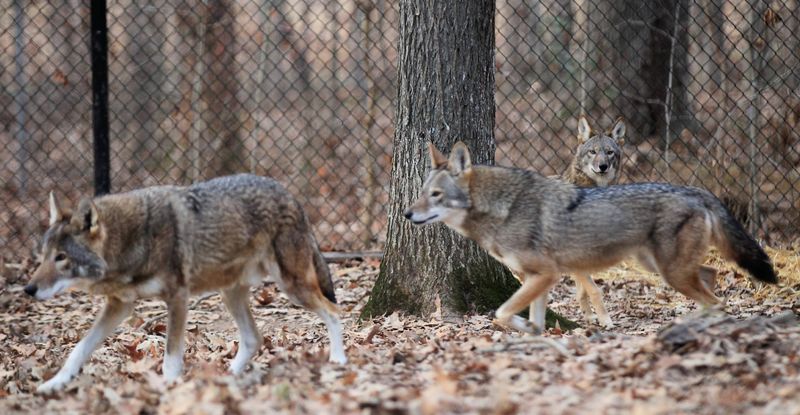
The story of the red wolf is not just about survival, but also about a relentless battle for conservation. Dedicated teams work tirelessly to monitor their habitats, ensuring these majestic creatures have a chance to thrive.
Protected lands become sanctuaries where red wolves are carefully reintroduced into the wild. The efforts require patience, passion, and a deep commitment to preserving this species.
Such work is not only about saving a species but also about safeguarding an entire ecosystem.
The Red Wolf’s Diet
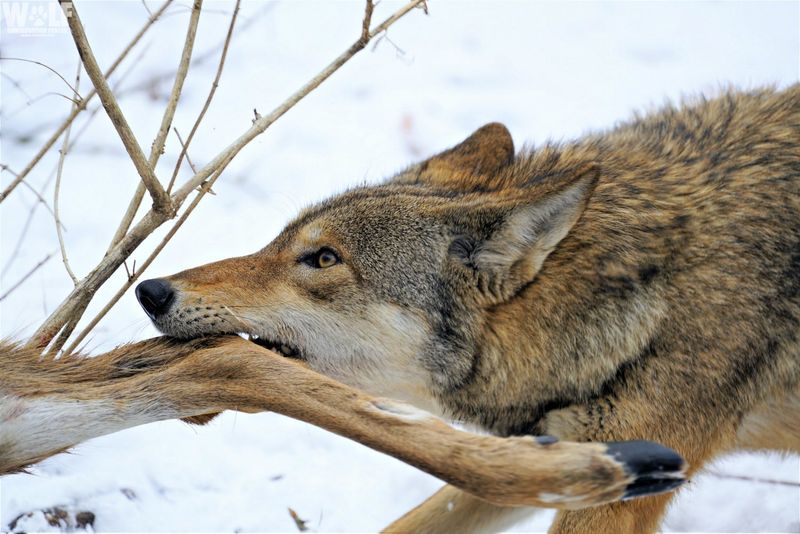
The red wolf’s diet tells a story of adaptability and survival. With a preference for small mammals, it hunts with precision and agility. Rabbits, rodents, and even insects make up its diverse menu.
Its hunting skills are honed by necessity, and its ability to adapt to available resources is key to its survival. In scarce times, the red wolf shows remarkable resilience, even scavenging if needed.
This adaptability ensures that it remains an integral part of the food web, maintaining the delicate balance of its ecosystem.
The Elusive Red Wolf Pack
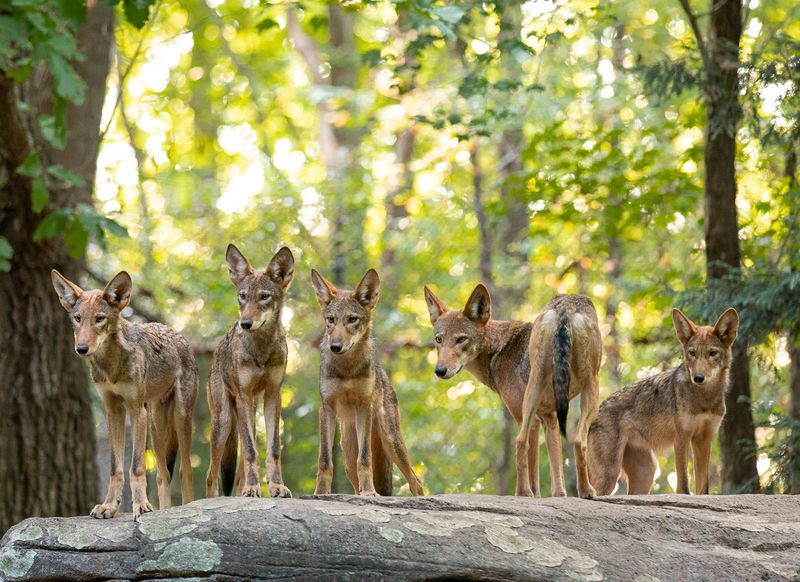
In the dense forests, the red wolf pack moves with a silent grace. Each member has a role, a position in the intricate social structure that governs their lives. The pack is not merely a group; it’s a family, bound by bonds stronger than blood.
Through teamwork and communication, they hunt, play, and protect one another. The alpha pair leads with wisdom and strength, ensuring the pack’s survival.
Observing their interactions offers a glimpse into a world where cooperation and loyalty are paramount.
Habitat and Range
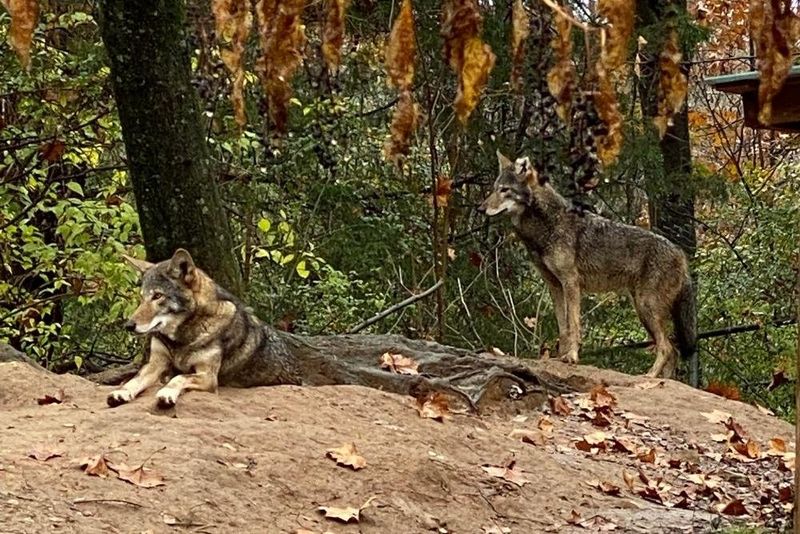
The red wolf’s habitat is a tapestry of diversity, ranging from dense forests to sprawling wetlands. Each environment offers unique challenges and opportunities for this adaptable predator.
In the forests, it finds cover and prey, while the wetlands offer water and a different array of food sources. Its ability to navigate various terrains is a testament to its resilience.
However, habitat loss remains a looming threat, making conservation efforts critical to ensuring these landscapes remain a refuge for the red wolf.
A Legacy of Interbreeding
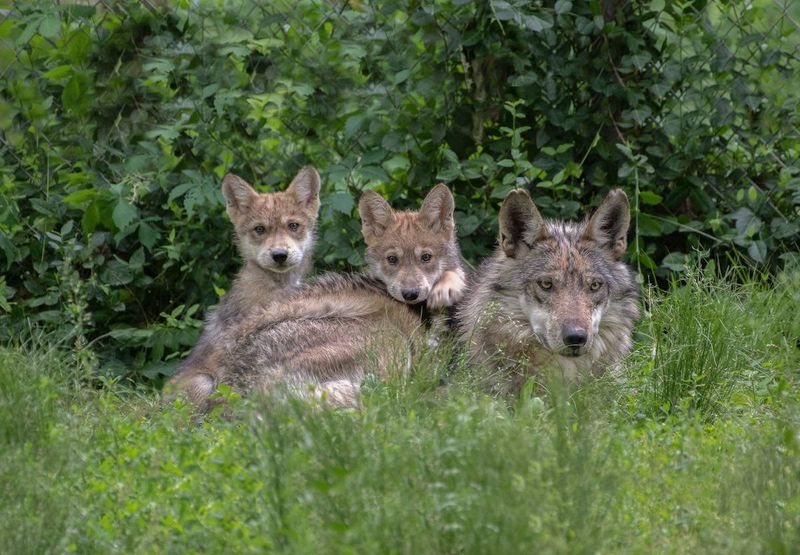
The red wolf’s genetic history is a complex tale of interbreeding with coyotes, leading to questions about its purity as a species. This legacy has sparked debates among scientists, adding layers to its conservation narrative.
While some argue that this interbreeding poses a threat, others see it as a natural evolution. The red wolf continues to captivate researchers, inspiring studies that may one day unravel the intricate web of its ancestry.
This legacy serves as a reminder of nature’s ever-changing dynamics.
A Symbol of the Wild
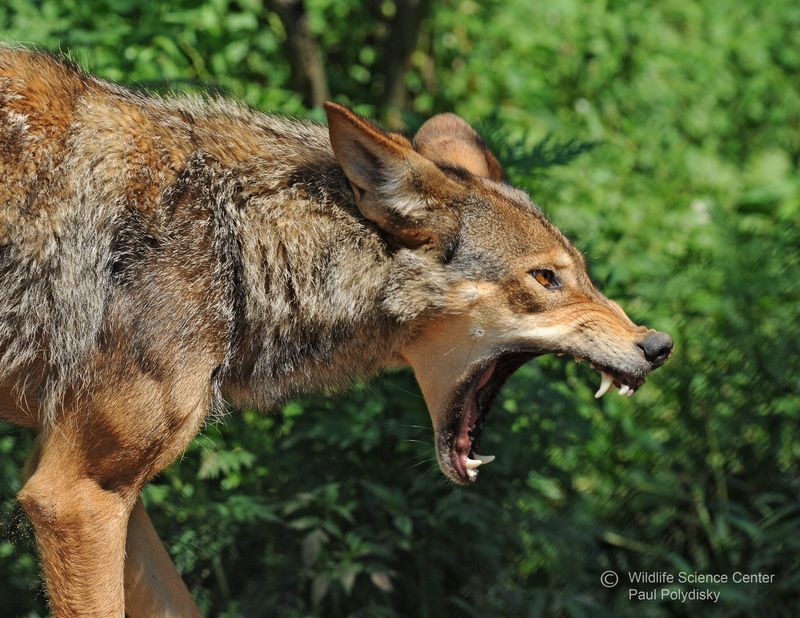
The red wolf stands as a symbol of the wild, embodying the essence of untamed nature. Its presence evokes a sense of wonder and mystery, reminiscent of the primal landscapes that shaped it.
The wolf’s image has inspired art, folklore, and a deep-seated respect for the wild. In cultures across the world, it represents freedom, strength, and resilience.
The red wolf’s enduring presence in these narratives reinforces its status as a symbol of the wild, a testament to nature’s awe-inspiring beauty.
The Red Wolf in Folklore
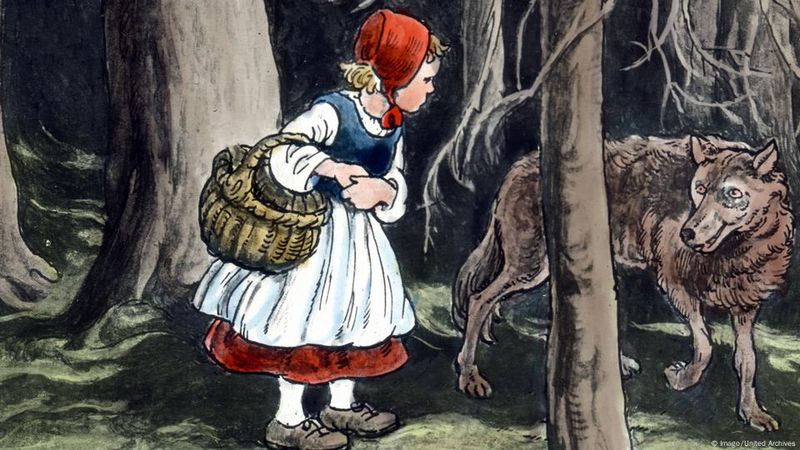
Across various cultures, the red wolf finds a place in folklore, embodying traits of cunning and strength. Stories passed down generations speak of its intelligence and agility, painting it as a creature of both fear and admiration.
In some tales, the red wolf is a guardian, while in others, it’s a trickster, highlighting the duality of its nature. These stories not only entertain but also serve as a reminder of the red wolf’s deep connection to human history.
It’s a timeless character in the tapestry of myth and legend.
The Recovery Program
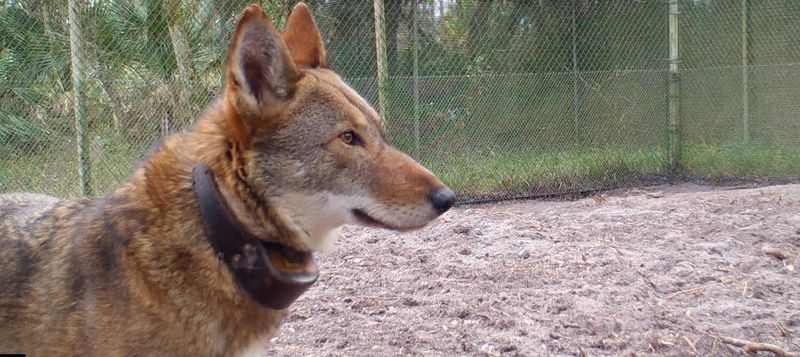
The red wolf recovery program stands as a beacon of hope in the world of wildlife conservation. Initiated to prevent the extinction of this iconic species, the program involves breeding and reintroduction efforts.
Through collaboration between government agencies and conservationists, the program has seen successes and challenges. Every release into the wild is a triumph, a step towards rebuilding the red wolf population.
It’s a testament to humanity’s ability to unite for a cause that transcends borders and time.
Challenges of Human Interaction
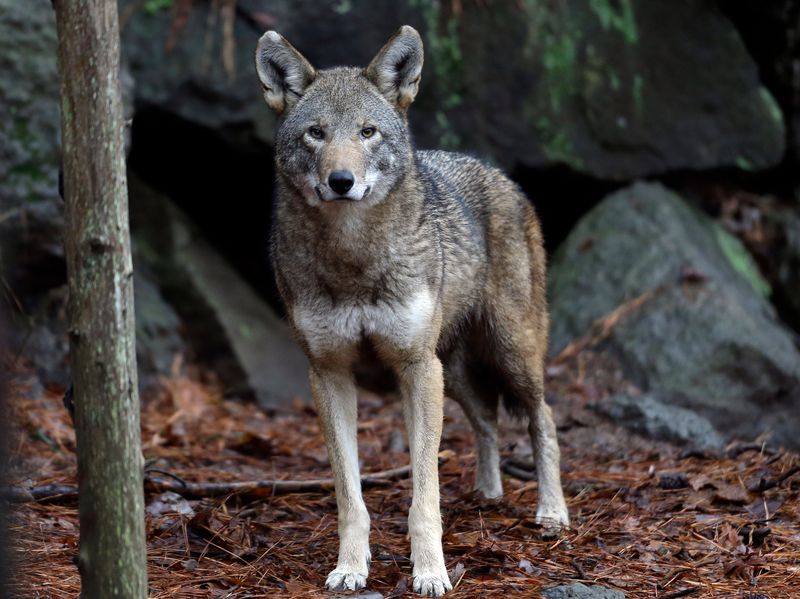
Human interaction poses significant challenges to the red wolf’s survival. As urban areas expand, their habitats shrink, leading to inevitable encounters. These interactions often result in conflict, with wolves perceived as threats to livestock.
Efforts to educate communities about coexistence are crucial. By fostering understanding, we can reduce these conflicts and create a harmonious relationship between humans and wolves.
It’s a delicate balance that requires empathy, education, and cooperation to ensure the survival of the red wolf.
The Genetic Bottleneck
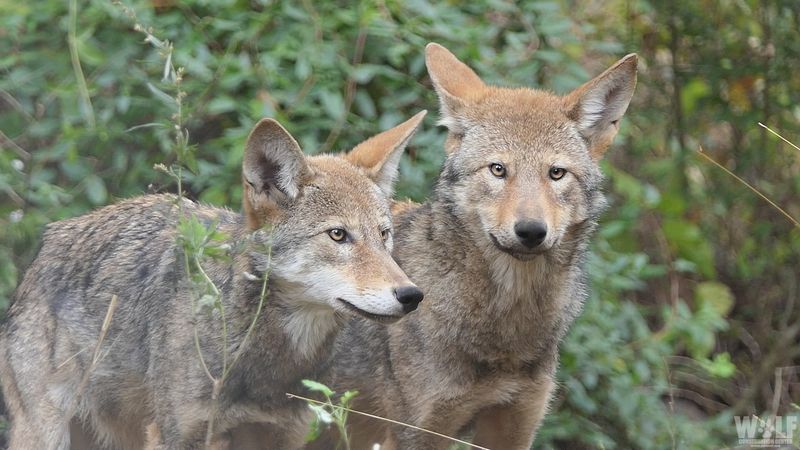
The red wolf population faces a genetic bottleneck, a challenge that threatens its long-term viability. With limited genetic diversity, the risk of inbreeding increases, affecting the health and resilience of future generations.
Conservationists are exploring solutions, such as introducing new individuals into the population to widen the genetic pool. This challenge highlights the importance of genetic research in conservation, offering insights that could safeguard the red wolf’s future.
It’s a scientific puzzle that underscores the complexity of preserving an endangered species.
The Role of Zoos
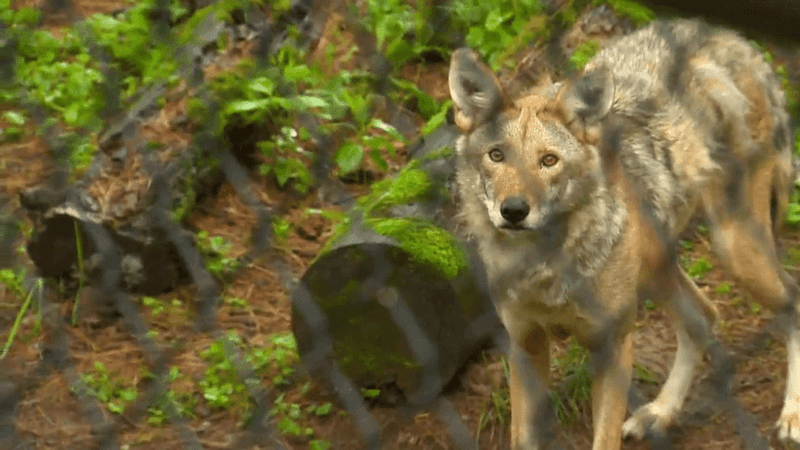
Zoos play a pivotal role in the conservation of the red wolf. By providing a controlled environment for breeding and observation, they contribute to the species’ survival. Visitors gain insight into the red wolf’s life, sparking curiosity and concern.
Educational programs foster awareness, inspiring future generations to take action. These institutions are not merely places of exhibition but of education and preservation, highlighting the delicate balance between human care and wild conservation.
Zoos offer a sanctuary where the red wolf can thrive and educate.
The Red Wolf’s Mysterious Origins
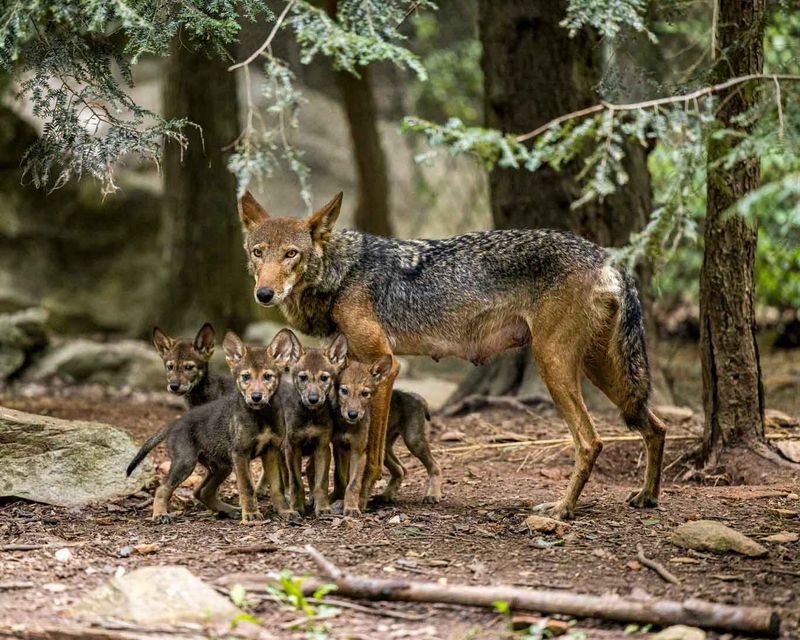
The origins of the red wolf are shrouded in mystery, with debates about its place in the canine family tree. DNA studies suggest a lineage distinct from the gray wolf and coyote, adding intrigue to its story.
Once widespread across southeastern USA, its numbers dwindled due to habitat loss and hunting. Understanding its past helps guide current conservation strategies, offering a glimpse into an ancient lineage that still roams today.
This mystery is a reminder of the vast and uncharted history that lies within our natural world.
The Future of the Red Wolf
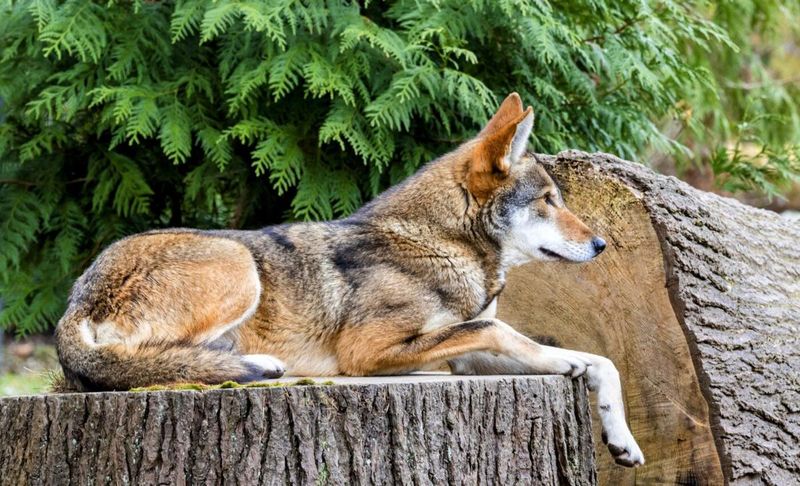
The future of the red wolf lies in the hands of those who fight for its survival. Efforts to protect its habitat, manage genetic diversity, and foster coexistence with humans are critical.
With continued dedication, the vision of a thriving red wolf population can become reality. Conservationists, scientists, and communities must collaborate to ensure this species does not vanish from the wild.
Hope remains, fueled by the tireless work of those committed to preserving the red wolf as an emblem of nature’s resilience.
The Red Wolf’s Night Vision
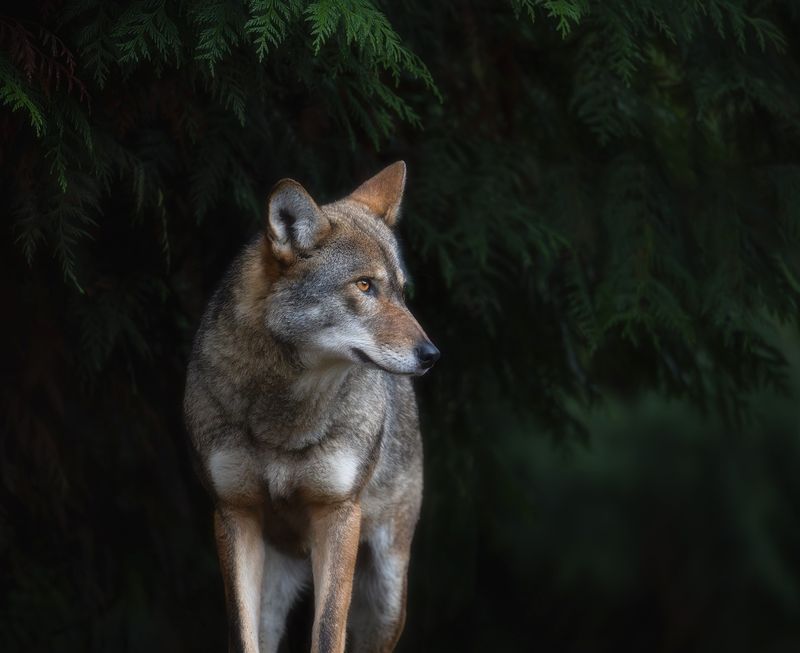
The Red Wolf prowls the night with a gaze that pierces the darkness. Equipped with exceptional night vision, these canines navigate the shadowy woodlands with grace. Their eyes, adapted to low-light conditions, reflect moonlight like shimmering beacons.
In the cover of night, every rustle and movement is detected, making them adept hunters. This keen eyesight is crucial for their survival, allowing them to spot prey and avoid threats under the cloak of darkness.
Did you know? The reflective layer behind their retinas, known as the tapetum lucidum, enhances their ability to see in the dark, a trait shared with other nocturnal predators.

